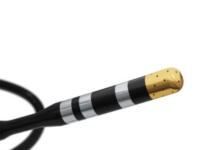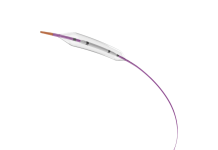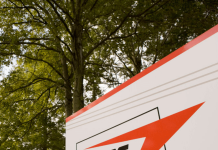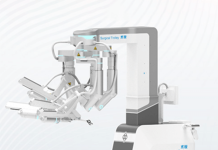Germany-based startup New4med has launched its basivertebral nerve ablation (BVNA) therapy in Europe.
BVNA is a minimally invasive procedure aimed at relieving chronic lower back pain by targeting the basivertebral nerve. The 30-minute procedure uses radiofrequency energy and a probe inserted through a small incision that destroys the nerve and prevents it from transmitting pain signals.
Related: ZAP Surgical completes first patient brain tumour treatments using ZAP-X
According to New4Med, the company also has balloon kyphoplasty and vertebroplasty products in its portfolio.
New4med’s CEO Daniel Seifert said: “By offering BVNA to physicians, we are providing access to this unique treatment for people with vertebrogenic pain in Europe for the first time. Our goal is to make this high-growth therapeutic option available to a broad population of people with chronic low back pain.”
There has been innovation in the chronic pain management space in recent years, with the drive for treatment options beyond opioids or invasive ethanol injections, which offer limited relief and carry risks of addiction.
Boston Scientific is a leader in the space and secured US Food and Drug Administration (FDA) approval for the Farapulse pulsed-field ablation system in February 2024 – a nerve ablation system for the treatment of a type of chronic back pain. The system was developed by Relievant Medsystems, which Boston acquired for $850m in September 2023.
In June 2023, Relievant Medsystems announced positive three-year outcome data from clinical trials following its Intracept procedure for patients with vertebrogenic low back pain. The results showed long-term relief with a reduction in the use of pain medication. Patients requiring opioid medication and spinal injections for pain management were reduced by 74% and 84%, respectively.
In January 2024, California-based Nalu Medical shared positive long-term data from the COMFORT randomised controlled trial (RCT) of its peripheral nerve stimulation (PNS) device to treat chronic pain. After 12 months, 87% of subjects using the Nalu system for pain in the shoulder, lower back, knee, ankle, or foot, achieved more than 50% pain relief, with a 73% average pain reduction.






